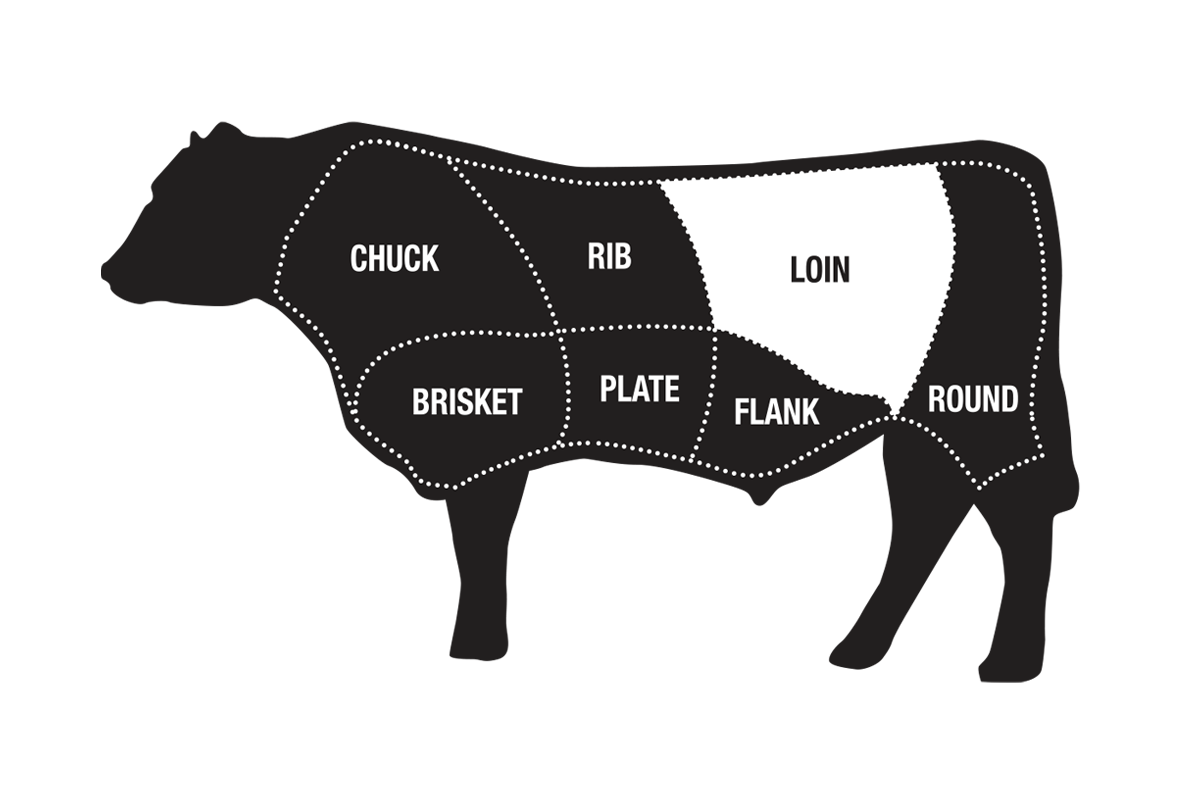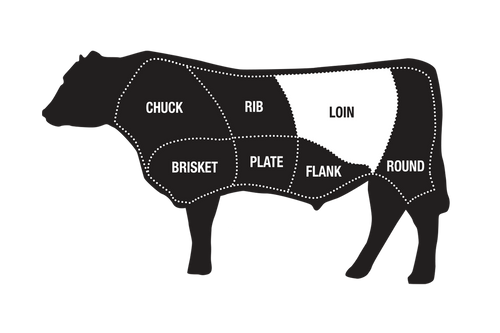Wagyu Filet Mignon with Chef's Gold
American Wagyu
Add flavor and essence of dry-aging to our SRF Black® filet mignon with Chef's Gold, a round of dry-aged tenderloin fat. Average weight is 10 oz.
Humanely Raised Beef
Cut by Master Butchers
Proprietary Dry-Aged Process
Bring the flavor and aroma of dry-aging to our SRF Black® filet mignon with Chef's Gold, a round of dry-aged tenderloin fat. Filet mignon has less marbling than steaks like ribeyes. This lower amount of intramuscular fat means filet mignon is not a good candidate for dry-aging.
Now you can enjoy all the pure essence of dry-aging with SRF Black® filets mignons. Prepare your steak as usual, then finish it with Chef’s Gold. Prime Food Distributor, our dry-aging partner, carefully isolates USDA Prime tenderloin fat, which has a unique brittle composition. This singular fat is hand-trimmed, ultra-fine ground, formed into even-sized cylinders and is dry-aged.
Use Chef’s Gold in the final stage of cooking to add a rich, buttery aroma and a concentrated beef flavor. The combination of American Wagyu and Chef’s Gold elevates the flavor profile of our filet mignon to an exceptional eating experience.
Average weight: 10 oz.
Snake River Farms beef grades start at USDA Prime, the top grade on the USDA scale. The majority of SRF beef is marbled well beyond this level. To grade SRF, we use a 12-point Beef Marbling Score (BMS), which measures marbling that exceeds the USDA scale.
SRF Silver® - BMS of 4 to 5. Marbling comparable to USDA Prime.
SRF Black® - BMS of 6 to 8. Significantly more marbling than USDA Prime.
SRF Gold® - BMS of 9 to 10. Dramatically more marbling than USDA Prime.
SRF Gold Plus™ - BMS of 11 to 12. The highest marbling available from Snake River Farms.

Details
Bring the flavor and aroma of dry-aging to our SRF Black® filet mignon with Chef's Gold, a round of dry-aged tenderloin fat. Filet mignon has less marbling than steaks like ribeyes. This lower amount of intramuscular fat means filet mignon is not a good candidate for dry-aging.
Now you can enjoy all the pure essence of dry-aging with SRF Black® filets mignons. Prepare your steak as usual, then finish it with Chef’s Gold. Prime Food Distributor, our dry-aging partner, carefully isolates USDA Prime tenderloin fat, which has a unique brittle composition. This singular fat is hand-trimmed, ultra-fine ground, formed into even-sized cylinders and is dry-aged.
Use Chef’s Gold in the final stage of cooking to add a rich, buttery aroma and a concentrated beef flavor. The combination of American Wagyu and Chef’s Gold elevates the flavor profile of our filet mignon to an exceptional eating experience.
Average weight: 10 oz.
Cooking Tips
Beef Grading
Snake River Farms beef grades start at USDA Prime, the top grade on the USDA scale. The majority of SRF beef is marbled well beyond this level. To grade SRF, we use a 12-point Beef Marbling Score (BMS), which measures marbling that exceeds the USDA scale.
SRF Silver® - BMS of 4 to 5. Marbling comparable to USDA Prime.
SRF Black® - BMS of 6 to 8. Significantly more marbling than USDA Prime.
SRF Gold® - BMS of 9 to 10. Dramatically more marbling than USDA Prime.
SRF Gold Plus™ - BMS of 11 to 12. The highest marbling available from Snake River Farms.







